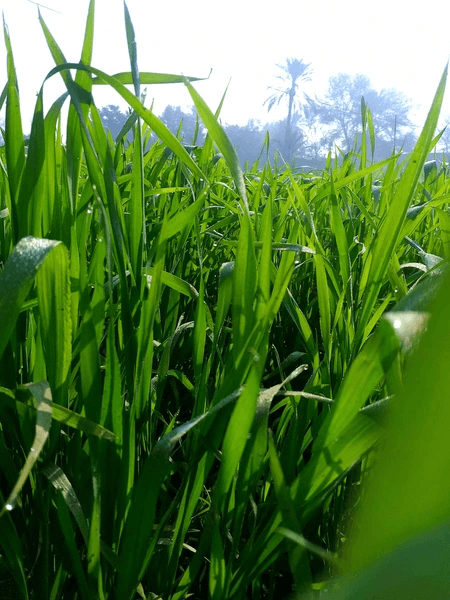- +033 2572 7171
- info@dhanvantary.com

4.5 Rating | 4500 Review

4.5 Rating | 4500 Review
Rusa grass is commonly known as Rohisha, Cymbopogon martini is effectively used for the treatment of pain in joints, various respiratory ailments, anorexia, worm infestation, inflammation in the skin, and various GIT disorders like diarrhea. This is profoundly found in upper Himalayas at the elevation of two thousand metre. Its flowers bloom from September to November. This plant is considered as geraniol, linalol, Germany acetate, carvone etc. this herb is used to balance the Vata and Kapha dosha and the paste of this herb is used to alleviate the rakta dosha and works efficiently in purification of blood.

In the traditional medicinal system this herb is used for various medicinal purposes, some of them are – rheumatoid arthritis, loss of hair, joint pain, spasmodic pains, and it also shows its wonderful effects on the fungal diseases. This is a small herb that is profoundly found in the Himalayas in temperate climate. It has two varieties of plant which are considered as Motiya and Sofia. These are not different from its vegetational properties but these are differentiated from its growing areas because motiya variety is found just away from one another whereas sofia variety is found in groupism in fields. Motia variety is rich in geraniol and usually found with its name is Palmarosa oil and sofia variety consists of a lesser amount of Geraniol of its oil is different from the motia and is named as Ginger Grass Oil.
Botanical Name
Cymbopogon martini
Family
Gramineae
Genus
Cymbopogon
Species
Martini
Rusa grass is a perennial herb whose fragrance is sweet and somewhat confused with rose. It originates from the short, stout, woody rootstock and goes upto five to eight feet high from the ground, it has swollen nodular growths on the lower end.
Leaves are linear and lance shaped, grow upto fifty cm long and wide upto the ten to thirty millimetre glaucous from the below part and above it is of dark green in colour, this is heart shaped from the base.
Its panicles are of about thirty centimetre long, linear or oblong in shape, and its spatheoles are two to four centimetre long and have tinge of red and orange colour at maturity.
Flowers are long and are one and half to two centimetre long, are barrel shaped, the lowermost pedicle is swollen, and its flowers are somewhat hairy from the back.
It has deep-V shaped groove in the lower sessile spikelets and glume flat on the upper part, these are elliptic oblong and having four to four and half mm long. This is profoundly found in upper himalayas at the elevation of two thousand metre. Its flowers bloom from September to november.
Balances Vata and Kapha dosha and the paste of this herb is used to alleviate the Rakta dosha.
Its traditional indications are found as Raktapitta (bleeding occurs from the natural routes like epistaxis, heavy menstrual flow), kandu (Pruritus), krumi roga (worm infestation), kasa – shwas (cough cold – many chronic respiratory disorders), ajeerna (indigestion), aruchi (anorexia), kantha vyahi (hoarseness of voice), balagraha (psychiatric problems in children).
